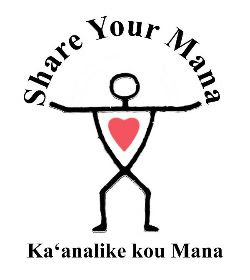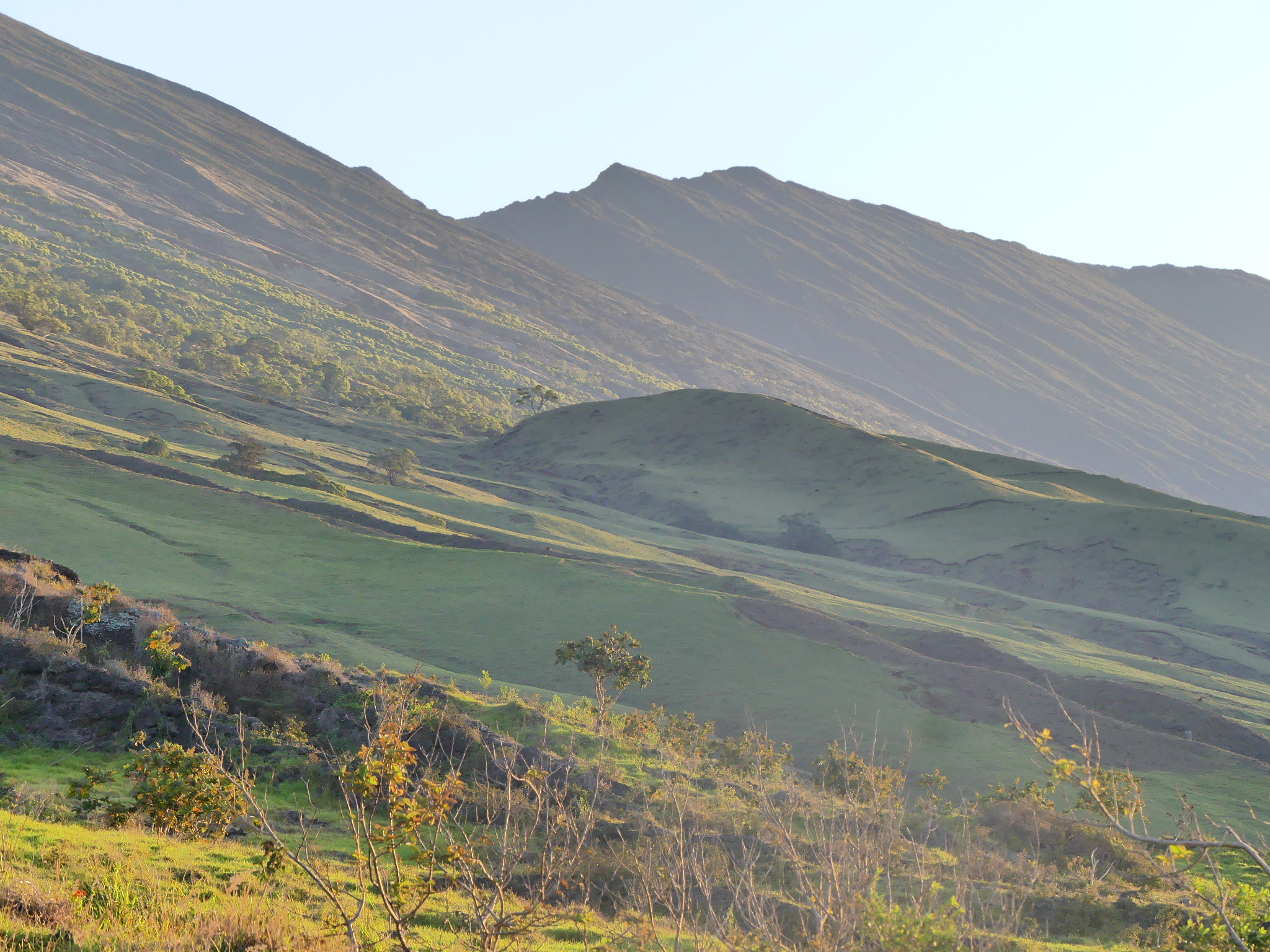As the holidays approach, the State of Hawaii and its multi-agency partnership Birds, Not Mosquitoes have given us the gift of the release of not only their Maui Environmental Assessment (EA) for their biopesticide experiment, “Mosquito Control Research Using Wolbachia-based Incompatible Insect Technique,” but also a Solicitation of Public Comment for their Environmental Protection Agency (EPA) Application for Emergency Exemption. The exemption application is for the use of a microbial pesticide which has not been registered by the EPA. That microbial pesticide is lab-reared Wolbachia bacteria-infected mosquitoes. These mosquito releases are planned indefinitely until the state finds another solution. They’re looking to establish at least one biopesticide lab here in Hawaii.
Per state and federal laws, the public is given an opportunity to comment on both the EA and the Emergency Exemption. Your comments are urgently needed. Please follow each link below, and comment in OPPOSITION to both. We are calling for a halt to this project. Demand an Environmental Impact Statement documenting the impacts of this risky, experimental plan for Maui that the state has every intention of unleashing first here, then on Kauai, and then throughout the islands.
- DEADLINE January 23rd, 2023 at 8:59pm:
Submit your Comments to the Maui Environmental Assessment“Suppression of Non-native Wild Mosquito Populations to Reduce Transmission of Avian Malaria to Threatened and Endangered Forest Birds on East Maui” - DEADLINE December 30th, 2022:
Submit your Comments to the EPA Application for Emergency Exemption “DQB Males (Wolbachia pipientis, DQB Strain, Contained in Live Adult Culex quinquefasciatus Males); Receipt of Application for Emergency Exemption, Solicitation of Public Comment” (click on the green box labeled “Submit a Formal Comment” towards the top of the page)
The state’s plan is to use the Incompatible Insect Technique (IIT) based on Wolbachia-induced cytoplasmic incompatibility (a kind of male sterility) as a mosquito population control effort. According to the Environmental Assessment, the total project area on Maui alone is 64,666 acres. The EA states the expected release of “between 50 and 6,000 incompatible mosquitoes per acre per treatment (which would occur up to twice per week).” This amounts to potentially 775,992,000 mosquitoes per week.That is over 40 BILLION invasive biopesticide mosquitoes released per year just on the island of Maui!
Hawaii Department of Land and Natural Resources Chairperson Suzanne D. Case anticipates finding “no significant impact” to our native birds, fragile ecosystems, public health, or wildlife. Research into the project clearly indicates otherwise. Following are several topics of concern that can be included in your comments:
- There is no guarantee that this project will release only male mosquitoes. Verily Life Sciences projects have accidentally released female mosquitoes before, which resulted in the establishment of the lab strain in Singapore. This fact is not addressed in the Environmental Assessment.
- Should the lab strain get accidentally established in the wild, endangered birds may be at increased risk of avian malaria. There are no published safety studies showing that the lab mosquitoes won’t be better at transmitting avian malaria than the existing mosquitoes in the wild.
- There are no published safety studies showing that the lab mosquitoes won’t be better at transmitting West Nile Virus (WNV) to humans and birds, should WNV become established in Hawaii. One study has already shown that Wolbachia enhances West Nile Virus infection in one species of Culex mosquito.
- Some Wolbachia infections can increase the probability of pathogen infection or transmission by mosquitoes (Hughes et al., 2014, Dodson et al., 2014), and there is a risk that the release of Wolbachia-infected mosquitoes could increase, rather than prevent, disease.
- Horizontal transmission of the introduced bacteria (non-hereditary spread of an infectious agent from one group or individual to another, directly or indirectly) has been documented in peer-reviewed studies
- Horizontal transmission may cause the creation of introduced-strain-infected females in the wild
- Unexpected, dangerous evolutionary events may occur
- The capacity for evolutionary offspring to spread disease is unknown
- Horizontal transmission and evolutionary events are documented in a 2020 study out of Singapore, “Wolbachia infection in wild mosquitoes (Diptera: Culicidae): implications for transmission modes and host-endosymbiont associations in Singapore” – Huicong Ding, Huiqing Yeo, Nalini Puniamoorthy (BMC, 12/09/2020)
https://parasitesandvectors.biomedcentral.com/articles/10. 1186/s13071-020-04466-8 - Through evolution, the existing wild mosquitoes could be replaced by the lab-bred mosquitoes, thereby establishing the lab-bred invasive population in the wild (this is called “population replacement”)
- Horizontal gene transfer of Wolbachia DNA to other invertebrates may occur (the movement of genetic information between organisms – a process that includes the spread of antibiotic resistance genes among bacteria, fueling pathogen evolution)
- Biopesticide drift, or the movement of the introduced lab-bred mosquitoes through wind to unintended areas, may occur
- The Wolbachia bacterium is a life form, and the project cannot be self-contained
- Wolbachia can live outside of intra-cellular systems for several months
- Wolbachia bacteria is parasitic, and parasitic organisms can alter the behavior of the hosts they live inside
- Wildland fires may be ignited by helicopters used for mosquito release
- Invasive weeds may be spread during mosquito release
- Disturbances to native and special status plant species, and activities that could accelerate erosion, may occur
- There may be impacts and noise disturbances to the nesting or roosting sites of special status wildlife species
- There may be disturbances to special status species habitats and adverse impacts within critical habitats
- Introduced invasive species, including weeds and diseases/pathogens, may be transported and established
- There may be disturbances of traditional cultural practices and cultural, historic, and ethnographic resources
- This project presents threats to human health and safety
- The acoustic environment will be affected, with noise impacts on visitors, nearby landowners or communities, wilderness, and sensitive environmental resources
- Noise and viewscape impacts on the visitor experience are anticipated
- Impacts to wilderness character and preservation may occur
- Endangered nene (Hawaiian geese) and Hawaiian waterbirds are on-site in the project area
- Hawaiian forest birds may be affected by drone hovering, helicopter rotor wash, and the risk of breeding birds being flushed from active nests
- ‘Ope‘ape‘a (Hawaiian hoary bats) may be affected by drone hovering, helicopter rotor wash, disturbances to pup rearing, and the disturbance of day roosting bats
- Biodegradable packaging will be released along with the mosquitoes, littering the canopy and forest floor
- Once biopesticide mosquitoes are introduced to the islands, this experiment is irreversible
- The potential damage caused by this project may be impossible to repair
- Hawaii has a history of importing destructive invasive species like the mongoose, albizia, and cannibal snail
- Long-term consequences to other island ecologies and to the native birds may ultimately be detrimental
- The people of Hawaii are overwhelmingly against this project (testimony has been 75%–100% opposed)
- Every Native Hawaiian lineal descendant and recognized cultural expert interviewed in the EA expressed concerns about the project, including the effects it could have on cultural resources and traditions, native birds, public health, wildlife, and our fragile ecosystems
- The project area is sensitive, with people depending on native flora and fauna for their livelihoods
- The project area is a fragile system, and the project will impact the system as a whole
- There are possible impacts on water sources here on Maui
- Impacts on other animals like ‘opae (shrimp) and ‘o‘opu (goby fish) that live in streams are unknown
- Impacts on other islands from water sources connected through tides and currents are unknown
- There may be impacts on native plants used for lei making, weaving, and other cultural practices
- If the project and concerns about the use of this biocontrol discourage cultural practitioners from conducting their traditional or customary practices, it would be an adverse effect to these activities
- Adequate studies and research have not been done
- Safer, less experimental alternatives have not been considered
- This project is an experiment with too many unknowns and the very real potential of further endangering Hawaii’s native bird populations
- The scope, risks, and experimental nature of this project require a detailed, comprehensive Environmental Impact Statement
- Because this is an experiment involving human disease vectors, the informed consent of the public is required
- Conflicts of interest have not been disclosed or addressed
We now have a website where all of the relevant information about this project is posted. Please share our link with the community:
You’ll find articles and updates, details about the risks of the mosquito experiment, maps and tables, links to important documents and public comment pages, and printable flyers to help get the word out. You can also subscribe to our mailing list through the site.
Scott Adam’s new Liberty Arise! show is giving a voice to the people of these islands. I recently had the opportunity to talk with Scott about the mosquitoes. We covered a lot of important information, with an overview of the state’s plan and a first look at the EA:
Liberty Arise! Ep.15 Experimental Mosquitoes / For Our Rights
(interview starts at 1:18:52)
Mahalo again to everyone for speaking out against this dangerous mosquito release project. Please be sure to voice your comments on both the Maui Environmental Assessment (deadline 1/23/23) and the EPA Application for Emergency Exemption (deadline 12/30/22).
Aloha,
Tina Lia
hawaiiunites.org





You must be logged in to post a comment.